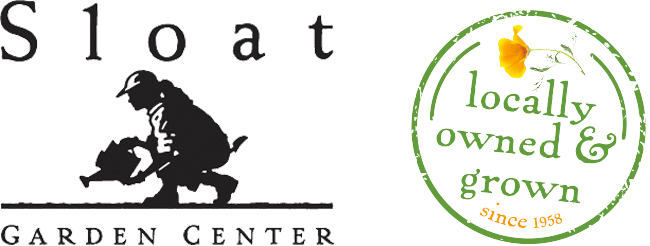The Secret is in the Soil
What is soil?
Soil is a rich substance, teeming with microscopic organisms, bacteria, insects, minerals, and decayed plant material. A single teaspoon contains over a billion micro-organisms! Healthy soil nourishes plant roots with essential nutrients and fosters beneficial relationships with microbes and fungi, aiding nutrient absorption. With such soil complexity, your garden has better odds of producing robust vegetables, herbs, and flowers that resist pests and diseases naturally.
How can you build great soil in your garden?
- By adding 2″-4″ of compost or well-rotted manure to your garden each season. This is key, whether your natural soil is clay-like, sandy, or nutrient-poor.
- Boost soil nutrition with natural amendments such as earthworm castings, seaweed extract, or fish emulsion.
- By increasing mineral content through adding rock phosphate, greensand, or rock dust every few seasons.
- Allowing earthworms and all the tiny living things that you can’t see to thrive by minimizing tilling (and never till wet soil).
- Eliminating or limiting use of pesticides and herbicides
- Mulching garden areas in fall (with grass, leaves, hay, untreated bark, etc.)
- Allowing frequently planted areas to ‘rest’ after a couple seasons by leaving them fallow or planting with cover crops (which will revitalize soil by adding nutrients after they are turned in).
What about nutrient amendments?
One of the biggest mistakes new gardeners make when preparing a garden area is to go overboard with fertilizer or manure before planting. Soil that is too rich in nitrogen may inhibit seed germination, ‘burn’ young seedlings, or may cause a lot of initial leafy (but weak) plant growth while delaying flowering and crop production. (Never use un-composted manure in your garden. It may contain harmful pathogens.)
In many cases, an initial addition of compost and side dressings of compost every couple weeks is all that your plants will need during the season. An exception would be a ‘heavy feeder’ like corn that appreciates some fertilizer at the start and frequent booster applications. For best results with vegetables and flowers, follow fertilizing instructions inside each seed packet. Herbs generally like lean soils and do not require rich soil or fertilizer.
If you use commercial fertilizer, apply at the recommended rate and recommended time for the plant’s growth cycle. A balanced fertilizer contains fairly even amounts of these three basic key nutrients:
- N = Nitrogen (promotes leafy growth)
- P = Phosphorus (promotes root and flower growth)
- K = Potassium (promotes general health and disease resistance)
What about soil pH?
A neutral (7.0) or slightly acidic (6.0 – 6.5) pH is fine for most flower and vegetable crops. If your soil is too acidic (common in the moister eastern U.S.), lime can be added to raise the pH. If your soil pH is too alkaline, (common in the dryer western U.S.), it can be lowered by adding sulfur. Using raised beds filled with compost is a way get around natural soil pH issues.
Testing your Soil
If you’d like to have your soil tested for nutrient deficiency, you can find an inexpensive pH test kit at your local garden center or nursery. Your local county extension agency usually provides this service for a small fee. You can find a link to your local office here: http://www.csrees.usda.gov/Extension/
With these basic tips, you are well on your way to a healthy garden with soil that will help your plants thrive!
© 2010 Botanical Interests, Inc. http://www.botanicalinterests.com/


